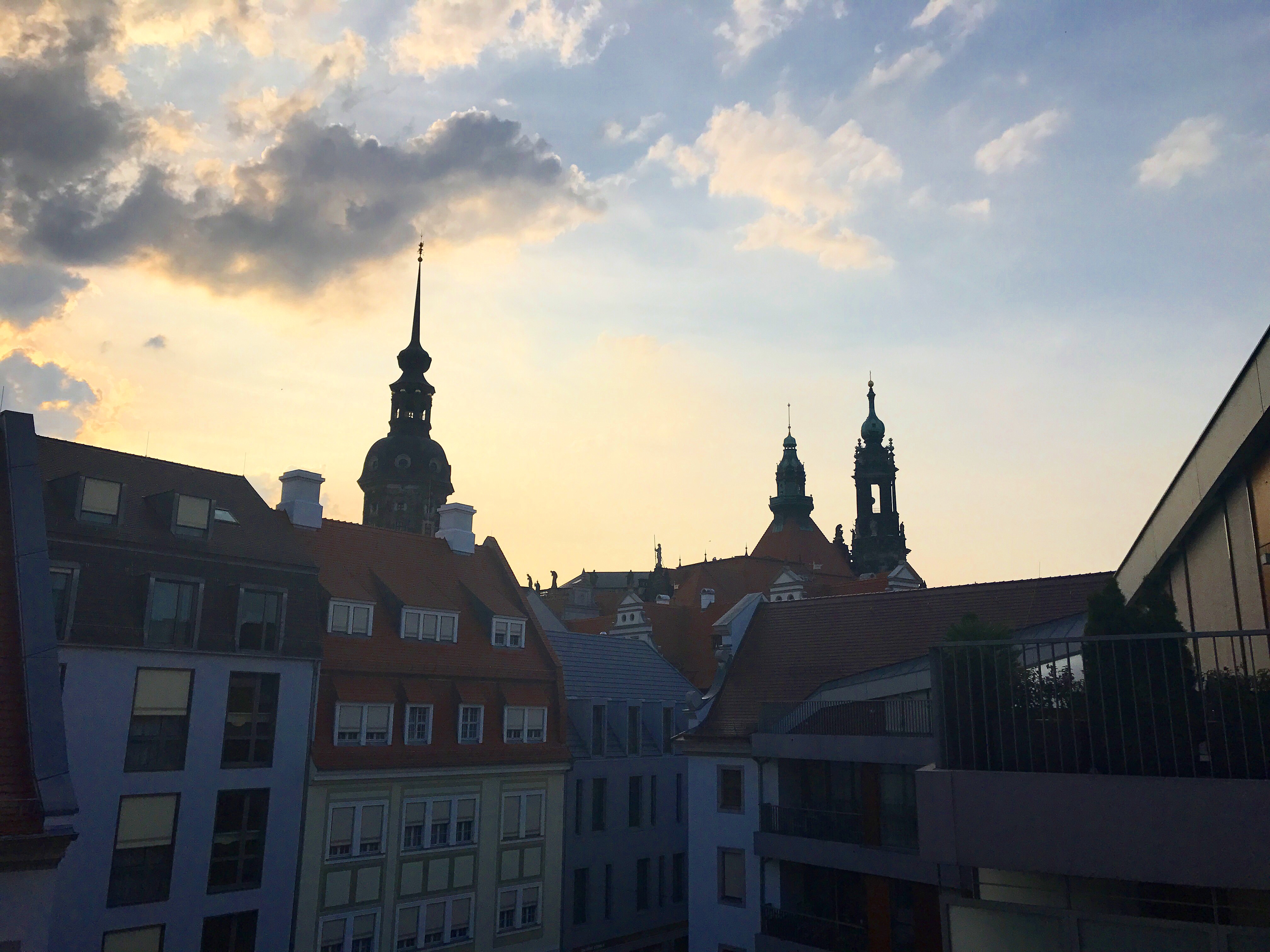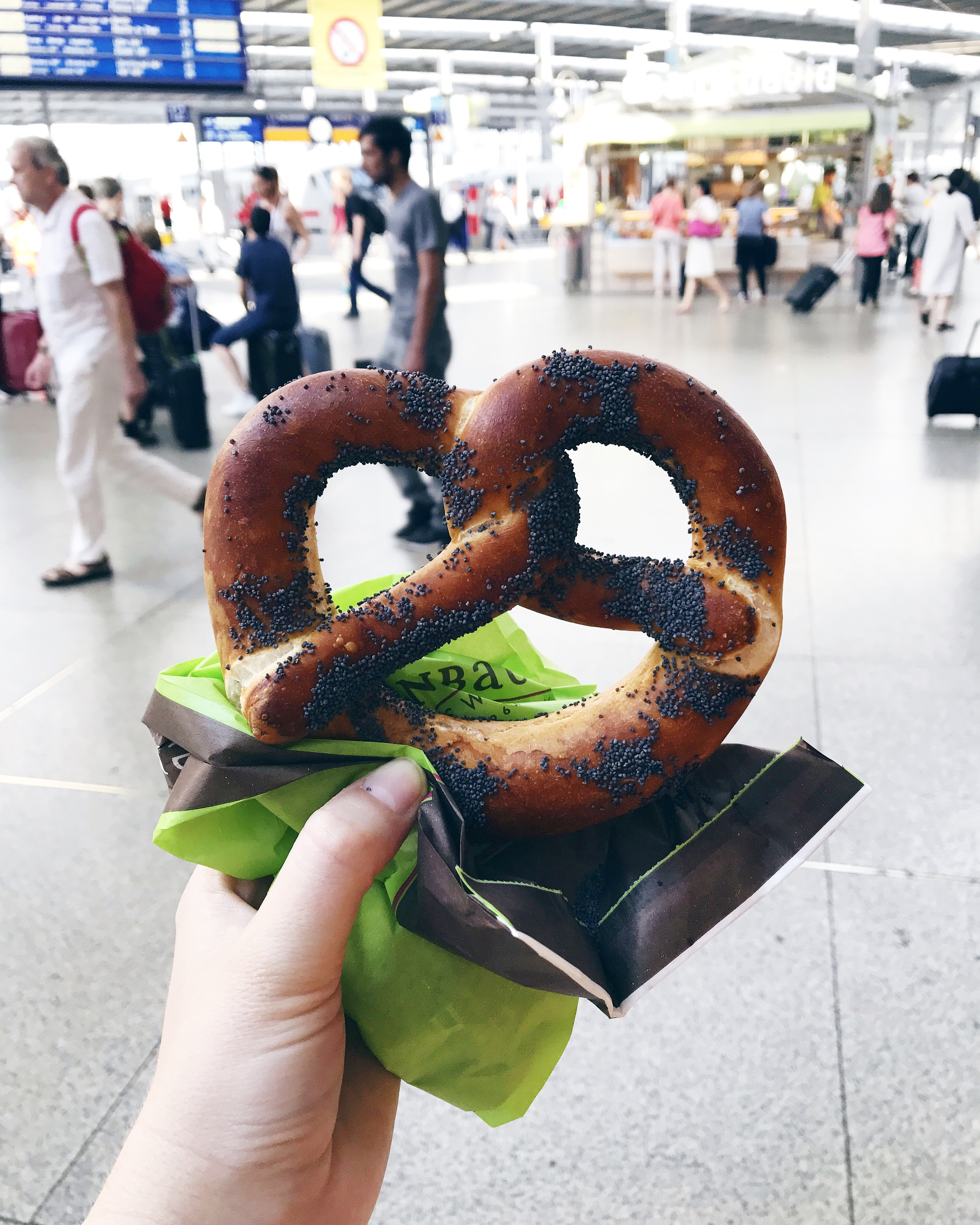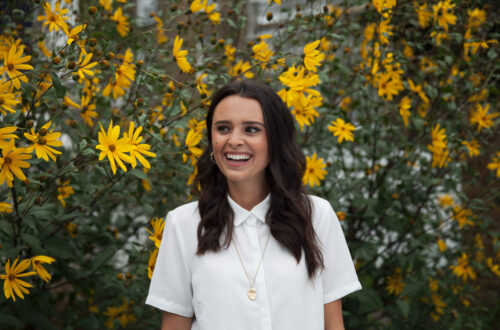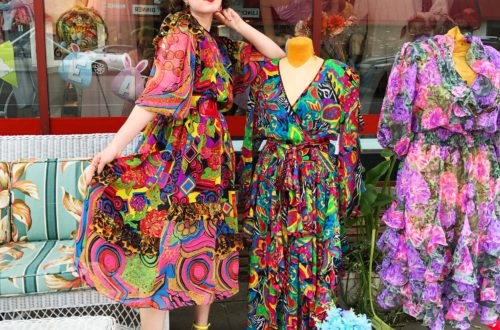
Dresden, Germany City Guide
In June 2017, my husband and I embarked on a three-week long backpacking trip of western Europe. In my first post of this series, I go through all the details about preparing for this trip from itinerary, budget, packing, riding the train, lodging, and other common questions I’m asked. Now, I’ll take you through a detailed “City Guide” of every city we visited, and my top recommendations of where to eat and drink, where to stay, and what to see in Dresden, Germany.
Before I dive into the details about what we saw and did in Dresden, a little background on the travel style Curtis and I enjoy. Our favorite way to travel is to get immersed in local culture. We like to eat unique foods and people-watch. On the flip side, we don’t like to do much in the way of touring — I can’t stand waiting in line or crowded attractions. We also like to be outdoors, so one of our favorite things to do is just stroll along the city and see the sights. Our travel style is low-key, affordable, and cultural. So you’ll find a lot of these types of travel recommendations in our city guides. If that’s the type of travel you like, too, read on!
Where to Sight-See in Dresden, Germany
Dresden, Germany was the last stop-over of our backpacking trip. We stayed for one night as we were leaving Munich and returning to Berlin for our hopper flight back to Stockholm so we could return home. Though that seems like a lot of traveling backwards, it’s so much cheaper to take a round-trip international flight and the quick flights from Berlin to Stockholm cost us only $40 a person so it was really a no-brainer. And if we hadn’t been traveling that way, we wouldn’t have seen Dresden!
We found Dresden fascinating, and I’m so glad we went. Although much of the city-center was destroyed by bombing in WWII, its been remarkably restored and reconstructed. The city center is both stunning and unbelievable.


Where to Eat and Drink in Dresden, Germany
Dresden was the only German city we visited that was fully inside the GDR and the East-European/Soviet architecture and attitude is still prevalent outside the city-center. We loved Neustadt, the hip, arty neighborhood of Dresden, for its East German bicycles, block-y architecture, style, music, and delicious eats.
We had a fresh, locally-sourced meal at Raskolnikoff in Neustadt. Raskolnikoff was an old house (built in the 1800s) in the “bohemian quarter” of the city, and during the 1980s, pre-unification, it was saved from demolition by a group of underground artists who turned it into an artist outpost (housing), art gallery and restaurant.


The menu includes borscht, pelmini, and käsespätzle (pictured here), and really fresh salads. All the food prepared at the restaurant is sourced from 30 local small farmers. It’s a tiny restaurant, but there’s extra (coveted) seating in the beautiful courtyard where we relaxed with a beer once we finished our food.

On the last morning, we visited Cafe Aha on our way to the train station. Their menu has lots of vegetarian options, an amazing lentil soup, good coffee, and fresh-squeezed juices. Plus there are books and cozy reading nooks galore — how could you go wrong?

I hope you enjoyed this guide to historical sights and locally-sourced, eastern European dining in Dresden, Europe! For more general tips about backpacking western Europe, head back over to the travel section of my blog. For more City Guides, including what we did in Sweden, Denmark, Czech Republic, Slovakia, and Austria — press on! -Emily
This is the last post in this backpacking western Europe series! But I have a whole series of affordable, non-touristy backpacking guides on my site, including Packing Tips for Backpacking Europe, and all my other city guides — I’ve visited 15 different countries!




